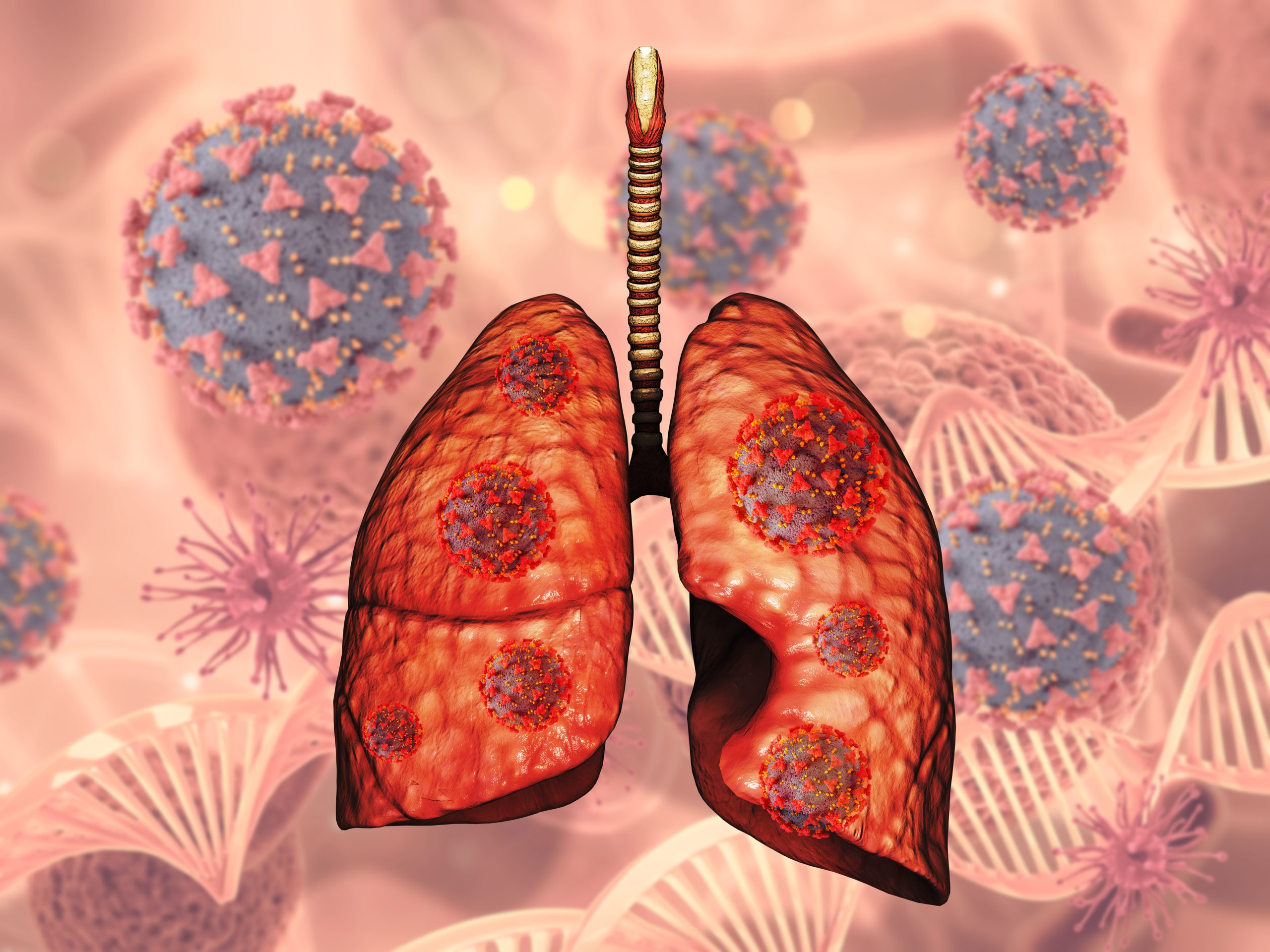Introduction:-
Lung cancer is one of the most common and deadliest forms of cancer in the world, yet it often goes unnoticed until it is too late. We must break the silence and learn more about the advances being made in diagnosing lung cancer. The latest techniques can help doctors catch it early and increase a patient’s chances of survival. In this blog post, we will explore the latest techniques for diagnosing lung cancer, including computed tomography scans, sputum cytology, and biomarkers, to provide a better understanding of how we can fight this deadly disease.
The Prevalence of Lung Cancer:-
Lung cancer is a global health crisis, with millions of cases diagnosed each year. Both men and women are at risk, with smoking being the primary cause. However, non-smokers can also develop lung cancer due to other factors such as exposure to secondhand smoke, air pollution, and genetic predisposition. It is crucial to understand the prevalence of lung cancer to raise awareness and priorities early detection and prevention efforts. By shedding light on this prevalent disease, we can work towards reducing its devastating impact on individuals and communities.
Symptoms and Early Detection:-
Symptoms of lung cancer can be subtle and easily mistaken for other respiratory issues. Common symptoms include a persistent cough, chest pain, shortness of breath, hoarseness, weight loss, and fatigue. Unfortunately, these symptoms often do not appear until the cancer has already advanced. Early detection is key to improving survival rates, which is why it is important to be vigilant and seek medical attention if you experience any of these symptoms, especially if you are at a higher risk due to smoking or other risk factors. Regular screenings and awareness of the symptoms can help catch lung cancer in its early stages when treatment is most effective.
Know the Diagnosis Methods:-
Diagnosing lung cancer involves various methods and techniques, each with its own set of limitations. One common diagnostic tool is the computed tomography (CT) scan, which provides detailed images of the lungs. However, CT scans can sometimes produce false positives, leading to unnecessary invasive procedures. Another method is sputum cytology, which involves analysing a sample of mucus coughed up from the lungs. While non-invasive, this method may not always detect early-stage lung cancer. Biomarkers, such as specific proteins or genetic mutations, can also be used for diagnosis, but further research is needed to improve their accuracy. Understanding these diagnostic methods and their limitations is crucial in developing effective strategies for early detection and treatment.
Advances Diagnosis Lung Cancer:-
Medical research and technological advancements are constantly being made in the field of lung cancer diagnosis. These advances are providing new hope in the fight against this deadly disease. Some of the latest techniques include liquid biopsy, which analyses blood samples for tumor DNA, and lung cancer screening programs that utilize low-dose CT scans for early detection. Additionally, researchers are exploring the use of artificial intelligence and machine learning algorithms to improve accuracy in diagnosing lung cancer. These exciting advancements are revolutionizing the way we detect and treat lung cancer, ultimately saving more lives.
Solution for Early Detection:-
Know the Early detection is crucial and the fight against lung cancer. One potential solution for early detection is the development of innovative screening programs. These programs utilise low-dose CT scans to detect lung cancer in its early stages, even before symptoms manifest. By implementing these screening programs, we can identify lung cancer at a more treatable stage, increasing the chances of successful treatment and improving survival rates. Additionally, raising awareness about the importance of regular screenings and educating individuals on the symptoms of lung cancer can play a significant role in early detection. Together, these solutions can make a significant impact in the fight against lung cancer.
Conclusion:-
In conclusion, the fight against lung cancer requires us to break the silence and prioritise early detection. By understanding the prevalence of this deadly disease and recognizing the symptoms, we can be proactive in seeking medical attention. While current diagnostic methods have limitations, the latest advances in technology, such as liquid biopsies , provide in the Cancer Hospital In Coimbatore for more accurate and efficient detection. Implementing innovative screening programs and raising awareness about the importance of regular screenings can significantly improve survival rates. Let’s continue to strive for early detection and work towards a future where lung cancer is no longer a silent killer.




